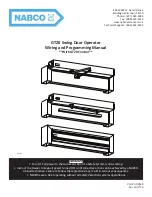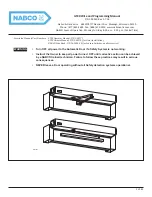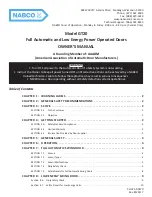
WHAT IS PLASMA CUTTING
Plasma Cutting is a fast, clean and distortion free, means of cutting through all
types of metal from mild and stainless steels to aluminium brass and copper.
The process relies upon the chemical reaction of a gas or mixture of gases, such
as air, when subjected to very high temperatures. The gas ionises, i.e. negative
electrons are separated from the atom, leaving the atom positively charged. In
this ionised state, the gas is electrically conductive and is called ‘plasma’.
A standing electric arc is created to achieve the very high temperature required
to create the plasma. By forcing the plasma through a small nozzle the arc is
constricted and its temperature is increased to over 20,000°C and concentrated
into a very small area.
When the plasma is directed at a conductive material (which is connected to
the earth return lead of the cutter) the arc is transferred through the plasma to
the material. The high energy of the arc melts the material which is displaced by
the gas flow.
The standing arc has to be created by producing an ionised path in the gas. This
is achieved by applying a very high voltage, at high frequency, between the
electrode and the tip/work, causing a high frequency spark. The main arc will
ignite as soon as the gas between the tip and the nozzle is ionised.
The power generator is essentially made up of a transformer, a rectifying unit and
an electronic board.
The latter controls the unit safeguards and governs the work cycles of the various
components which make up the unit, such as the solenoid valve, the HF circuit
(for models fitted with this), the power contactor, etc.
FEATURES
The plasma cutting units are supplied with the following safety devices:
1.
Thermal protection devices are installed at the points most subject to high
temperatures such as the power transformers and the rectifying units.
An amber light on the front panel lights up when the thermal protection device
intervenes. See fig.3
2.
A pneumatic protection device prevents damage to the torch due to
switching on with either no air supply or low air pressure.
An amber light on the front panel lights up when the pneumatic protection
device intervenes. See fig. 3
3.
An Electric shock protection device prevents the operator from coming into
contact with the live parts of the torch (such as the electrode, etc.) This consists
of a safety device, built into the body of the torch, which breaks the main
power circuit when the end part of the torch is removed to replace the
electrode or the tip.
When the electrical protection device intervenes, the unit is prevented from
operating.
8



































